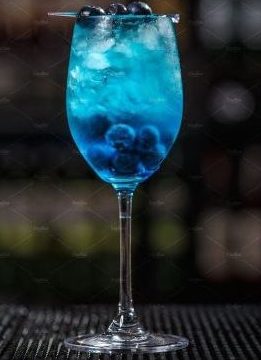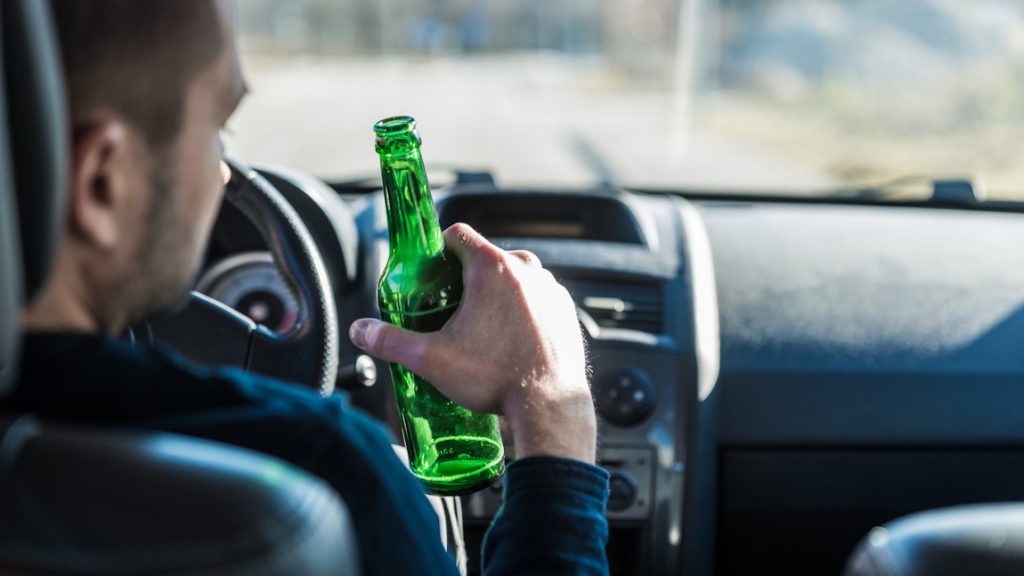In recent years, low-calorie and low-alcohol ready-to-drink (RTD) beverages, known for placing minimal burden on the body, have gradually captured the attention of consumers, elevating them to the forefront of the alcoholic beverage market, as indicated by the Food Report 2023. According to the report, nearly 10% of adult Americans purchased alcoholic RTD beverages by the end of 2022.
Simultaneously, with a growing awareness of adventurous consumption, consumers are increasingly seeking innovative experiences and sensory stimulation in their dietary choices. In response, food manufacturers are embracing creativity, blending classic flavors from different countries and regions to create novel, exciting, and enticing alcoholic beverages.
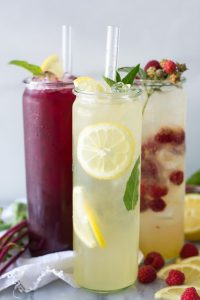
Mintel’s “2022 US RTD Alcoholic Beverages” report highlights flavor as the most crucial criterion for American consumers aged 22 and above when purchasing ready-to-drink beverages. Of these consumers, 70% prefer refreshing flavors, 64% are enthusiastic about trendy tastes, and 58% appreciate high-quality flavors.
In addition to consumer preferences, the beverage market is influenced by restrictions on export trade. In this context, portable cocktails have emerged as a new product segment for retailers and restaurants, projected to be a sustained trend. FOR MERCHANTS predicts a 2.3-fold increase in the global beverage alcohol market by 2031, with a growing importance of beverage delivery and online retail.
In response to these trends, Austria Juice, a global leader in beverage manufacturing, has recently released insights and predictions for the 2023 alcoholic beverage market based on extensive observations. This article, presented by FDL Food, will interpret these trends through a comprehensive analysis of the latest consumption data and case studies.
1. Low-Alcohol Beverages:
As health consciousness rises, products with low alcohol content are gaining favor among consumers. According to Beverage Daily, the market for non-alcoholic or low-alcohol beer, NoLo apple wine, wine, and spirits in ten markets, including Germany, Japan, Spain, the US, the UK, Australia, and Canada, grew by 7% last year. The market sales exceeded $11 billion, with Germany holding the highest market share, followed by Australia, Canada, and the US. It is projected to double from 2022 to 2026.
Noteworthy is the rapid growth of non-alcoholic beverages, expected to constitute about 70% of the total growth in non-alcoholic products by 2026. Austria Juice trends indicate that the millennial generation, born between 1981 and 1996, is the primary consumer group for NoLo products, with 18% completely abstaining from alcohol.
Brands introducing alcohol beverages that align with consumer demands stand to gain attention from this influential consumer base. For example, Molson Coors launched Staropramen 0.0, a 0% alcohol storage beer, in February, catering to the growing demand in the low-alcohol and non-alcoholic beer market.
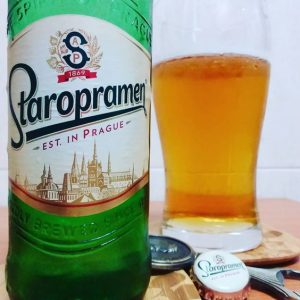
2. Fruit Wines and Hard Seltzer Sparkling Wines:
As consumer preferences evolve, the 90s and 95s generation, now dominating the consumer stage, show a preference for healthy and diverse food and beverage options. Austria Juice’s latest consumption trends reveal that consumers aged 22 to 34 are increasingly seeking healthier and more diverse-flavored wines. Brands have an opportunity to innovate by providing low-alcohol beverages for conscious consumers.
Mintel experts suggest that wine brands can drive innovation in flavored wines, with fruit-infused wines being particularly attractive to young drinkers. Additionally, Austria Juice believes that high-quality products with complex flavors will drive sales growth in the hard seltzer sparkling wine sector. Trend researchers predict innovative flavors like smoky, blood orange chili, and cranberry elderflower will offer a genuine taste experience.
As an example, E&J Gallo Winery’s brand High Noon introduced a series of hard seltzer sparkling wines made from tequila and fruit juice in March. The 4.5% alcohol beverages are available in four flavors: strawberry, lime, grapefruit, and passion fruit, made from real fruit juice, gluten-free, and sugar-free.
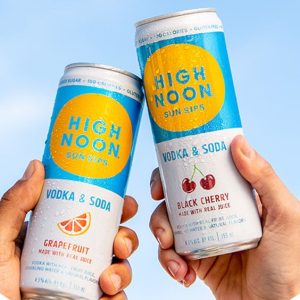
3. Nostalgic Flavor Innovations in Alcoholic Beverages:
In a world marked by fast-paced living and technological advancements, people seek relief from stress and pursue inner peace through nostalgia, especially after experiencing lockdowns during the pandemic. A consumer survey by Bidfood reveals that over half of the respondents find beverages with nostalgic or retro themes highly attractive.
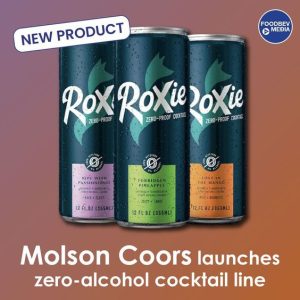
To break the monotony and appeal to consumers’ nostalgic sentiments, the alcoholic beverage market is undergoing significant innovations to provide sensory surprises. According to The Drinks Business, more bartenders are incorporating classic nostalgic flavors into rum, tequila, variations of martinis, flavored spirits, and canned ready-to-drink cocktails. Among these, 58% of bartenders are most interested in classic cocktails with refreshing fruity flavors, making them an ideal choice.
Nostalgic flavors are not limited to cocktail categories; there are also new types of tea-flavored beers, including green tea, lemon, and hibiscus. Additionally, popular ingredients such as apple, citrus, tropical fruits, and herbal botanicals like thyme and sage are being added to beer beverages.
As an illustration, Molson Coors introduced the first non-alcoholic ready-to-drink cocktail series, Roxie, in January, aiming to recreate the craft cocktail experience. Inspired by flavors like spices, cardamom, and lemongrass, Roxie adds complexity and fun, offering a genuine handcrafted cocktail experience.
In summary, alcoholic beverages, especially in the form of non-alcoholic or low-alcohol drinks, are gaining popularity. People are inclined towards products that offer new taste experiences, innovative flavors, and are healthy and low in calories.
Furthermore, both non-alcoholic and alcoholic beverages should not only support conscious lifestyles but also contribute to environmental and climate protection.
To establish a presence in the alcoholic beverage market, food and beverage companies must closely follow consumer trends and create products that meet consumer demands.
References
[1]10 drinks trends to watch out for in 2023-thedrinksbusiness
[2] Alcoholic beverages: these are the trends in 2023-austriajuice

